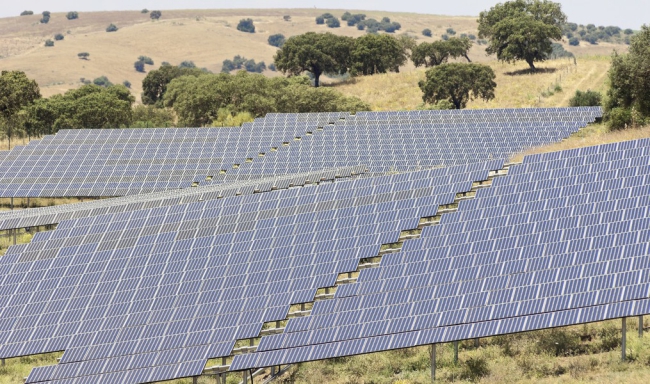Jul 21, 2020
The information provided below explains the working principle and other interesting facts of the solar-diesel hybrid power system.
The inverter is the core component of the fuel-saving solution. Specially designed for weak power grids, suitable for high voltage and frequency fluctuations. Under harsh environmental conditions, such as high temperature, humidity, and salty air, they still have extremely high productivity. In a distributed photovoltaic power generation system, photovoltaic power generation is divided into many strings, which are converted into alternating current by several inverters.
The choice between a centralized system or a decentralized system depends on many factors. Both system installation costs and operating costs must be considered. For example, the maintenance of decentralized systems is not complicated, even in hard-to-reach areas. If repairs are required, the local electrician can replace a single inverter. However, for a centralized system structure, remote monitoring is simpler.
Solar energy is generated in photovoltaic modules, which can be installed on the ground or on the roof, depending on local conditions.

In remote areas of the grid, pure diesel systems usually provide energy for industrial applications. They form the local power grid, ensuring continuous power supply to all connected users. Since generator sets require a constant fuel supply, they are often the highest operating cost of the system. In areas where the utility grid is weak, diesel generator sets are usually used as a backup when the grid is out of power.
This includes monitoring systems for diesel generator sets. The generator set system room is the central terminal and public coupling point.
In order to improve the efficiency of the entire energy supply system, it is recommended to install a battery. When sunlight is insufficient or energy is needed after dark, the battery provides the required energy to ensure the best operation of the hybrid system.
Application-specific load curves, such as mining or processing raw materials and heavy industrial loads for agriculture, usually have the characteristics of high starting current and a wide range of fluctuating load curves. Intelligent system management ensures that power generation and load are fully matched. It achieves constant system stability by reacting quickly to peaks in power generation and load performance (for example, when the conveyor belt is opened).
The above information is provided by a smart grid system design company.
How Do Solar Panels Help The Environment?
Nov. 23, 2021
Follow Us
Navigation